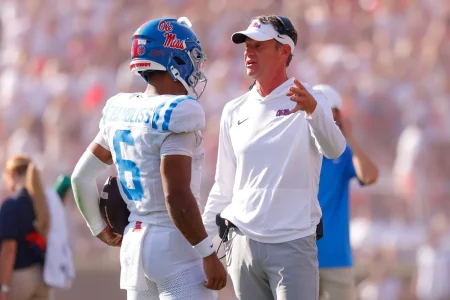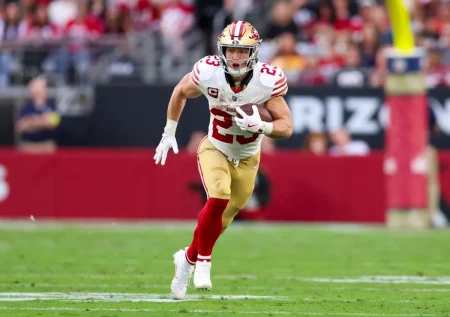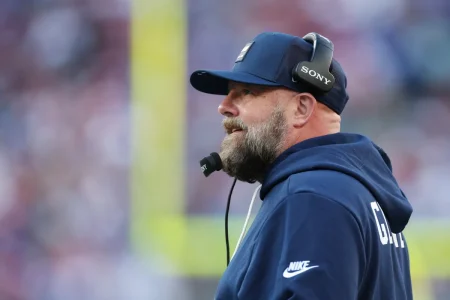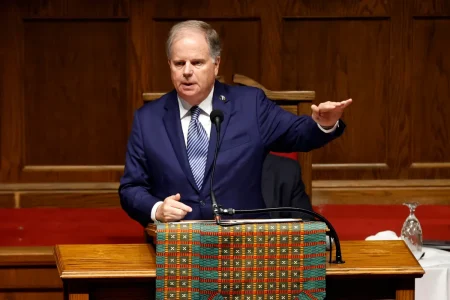The Emotional Essence of Basketball: Beyond Numbers and Statistics
In today’s data-driven sports landscape, where analytics dominate conversations about player performance and team strategy, Shea Serrano’s latest book “Expensive Basketball” takes a refreshingly different approach. While modern sports discourse is saturated with statistics like spin rates, exit velocities, and efficiency ratings, Serrano’s work deliberately focuses on something these numbers can’t capture: the emotional connection fans develop with the game. Having written for renowned sports outlets like Grantland and The Ringer, Serrano noticed basketball becoming increasingly “optimized” over the past 15 years. Though he appreciates the analytical side, he felt something vital was being lost in the endless statistical debates. “The conversation became about the numbers rather than the other part of it,” he explains. His new book intentionally moves in the opposite direction, celebrating the ineffable qualities that make us fall in love with basketball—the special players and moments that resonate beyond spreadsheets and calculations.
This isn’t Serrano’s first basketball-focused project. His previous book, “Basketball (and Other Things),” became a New York Times bestseller and even earned praise from former President Barack Obama. But “Expensive Basketball” represents a more personal journey into what makes certain players and moments special in ways that defy quantification. Serrano’s own basketball fandom began with Reggie Miller, who has a dedicated chapter in the new book celebrating his unique combination of “grace and gloating.” Even today, Serrano keeps a Miller basketball card on his desk, a testament to how the Indiana Pacers guard “activated something inside me” and showed him basketball could be played with personality and flair. This emotional connection exemplifies exactly what “Expensive Basketball” aims to capture—the feeling certain players evoke that transcends their statistical contributions.
Serrano isn’t dismissing statistics entirely, though. He recognizes their importance but believes their relevance depends on context. “If you are Daryl Morey and you’re trying to figure out how your team can score more points than the other team, you don’t care about how a thing makes you feel,” Serrano notes. “But if you and I are just hanging out at the bar talking about basketball,” statistics should only “fortify something, but never be the end all of something.” This balanced perspective extends to the often-contentious “Ring Debate” about whether championships define greatness. While Serrano believes that championships must factor into greatest-of-all-time discussions, he also recognizes that certain players transcend this metric entirely. “Allen Iverson is one of those players,” he explains. “He will always be important for a very specific reason. And it wasn’t because he won or didn’t win a championship, it was for this whole other thing.”
The rise of fantasy sports and gambling represents another numbers-driven dimension that Serrano approaches with caution. While these activities have undoubtedly broadened basketball’s appeal by making more statistics relevant to more people, Serrano worries they detract from the pure enjoyment of the game. He laments how betting information now intrudes on the viewing experience, recalling how his screen unexpectedly shifted to display betting odds while watching games. “I don’t need to see that,” he says, nostalgically suggesting gambling belongs “in the back rooms in the shadows with cigar smoke and guys in hats” rather than having NBA stars promoting betting platforms. This commercialization risks further distancing fans from the emotional core of basketball that Serrano’s book celebrates.
When discussing today’s “expensive” players—those with that special quality that makes them captivating beyond their statistics—Serrano has high praise for generational talent Victor Wembanyama. He describes the San Antonio Spurs rookie as “expensive in a way that no Spurs player has ever been expensive before,” noting how Wembanyama defies comparison to any single predecessor. But Serrano also points to a less obvious choice: Charlotte Hornets guard LaMelo Ball. Despite Ball’s occasional frustrating decisions, Serrano sees something special in his fearlessness. He draws a parallel between LaMelo’s ill-advised shot in a tight game against Philadelphia and Kobe Bryant’s infamous playoff airball sequence against Utah. In both cases, Serrano sees not just poor shot selection but a hunger for memorable moments that reveals character. “LaMelo is never going to miss a shot because he’s afraid,” Serrano observes. “He’s going to miss a shot cause it’s a bad shot… but it won’t ever be because he’s afraid, and those sorts of players are very interesting to me.”
“Expensive Basketball” ultimately serves as a timely reminder of why we fall in love with sports in the first place. In an era where advanced metrics and gambling odds increasingly dominate the conversation, Serrano’s book redirects attention to basketball’s emotional essence—the indescribable but unmistakable qualities that certain players and moments possess. Through vivid comparisons (like contrasting Ray Allen’s jumper to Joakim Noah’s bee-swatting form) and passionate player analyses, Serrano celebrates what statistics can never fully capture: how basketball makes us feel. As analytics continue to reshape how teams play and how fans understand the game, “Expensive Basketball” makes a compelling case that the most meaningful aspects of sports will always transcend numbers. The book invites readers to reconnect with their original passion for the game by appreciating its artistry, personality, and emotional impact—the qualities that make basketball truly “expensive.”















